Not every car Canadians ask about is one that dealers are eager to sell. Whether it is because of brutal maintenance reputations, outdated platforms, long-discontinued production, or unrealistic expectations, some vehicles are more trouble than they’re worth, for both the buyer and the seller. These are the cars that Canadian dealers quietly dread seeing in an inquiry or trade-in request. Here are 20 cars that Canadian dealers secretly wish you’d stop asking for:
Dodge Dart
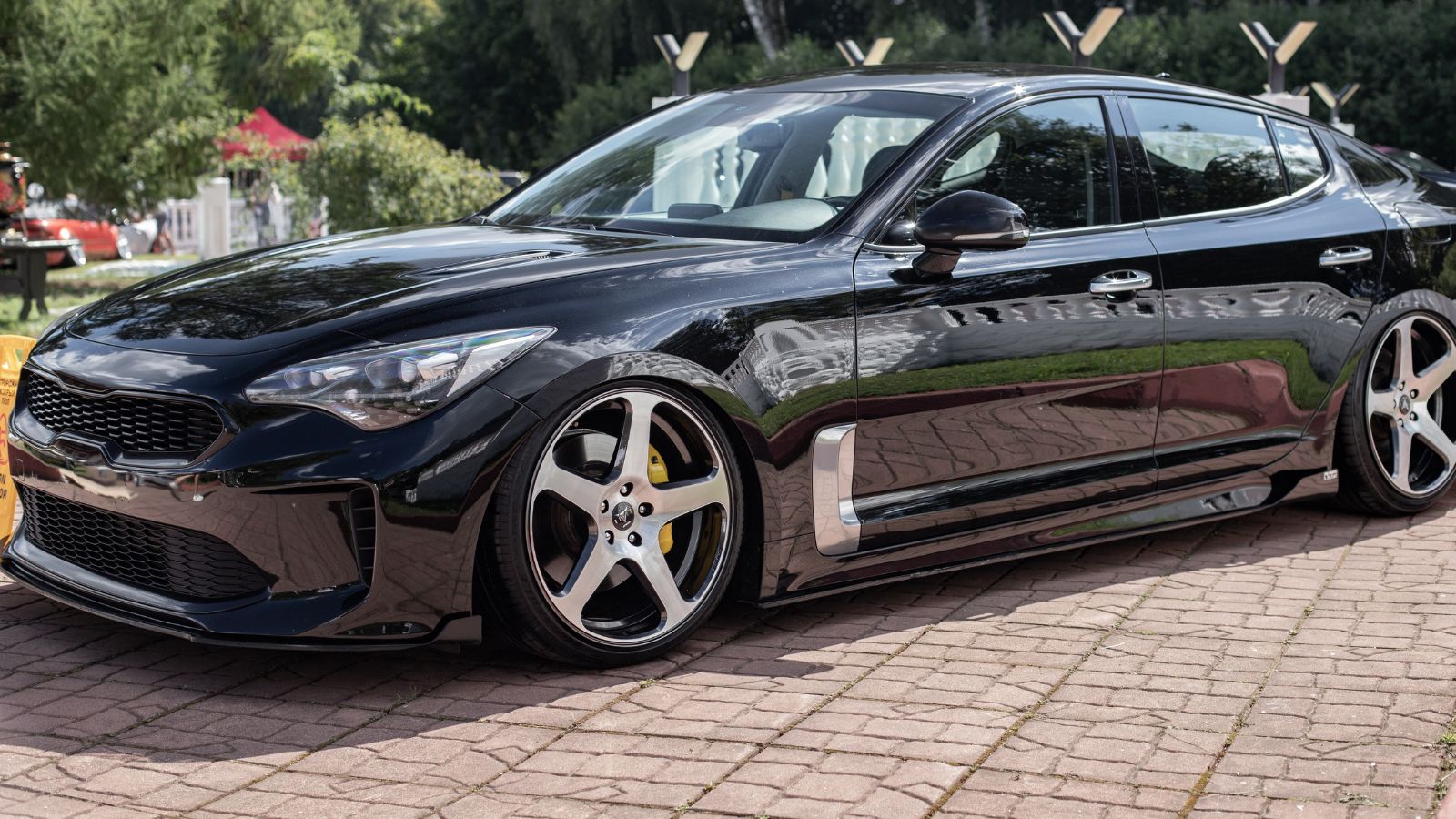
On paper, the Dodge Dart looked like a comeback story. Launched in 2013 with Alfa Romeo DNA and sporty ambitions, it offered multiple engine choices, including a 1.4L turbocharged four-cylinder. But reality hit hard, as reliability issues, an awkward transmission, and rapid depreciation made it a flop. FCA pulled the plug in 2016, and Canadian dealers have since fielded too many questions about used Darts with questionable histories. Parts are harder to source, resale is poor, and the car’s reputation never recovered, contributing to why the Dart may be a bad deal.
Chevrolet Cruze Diesel
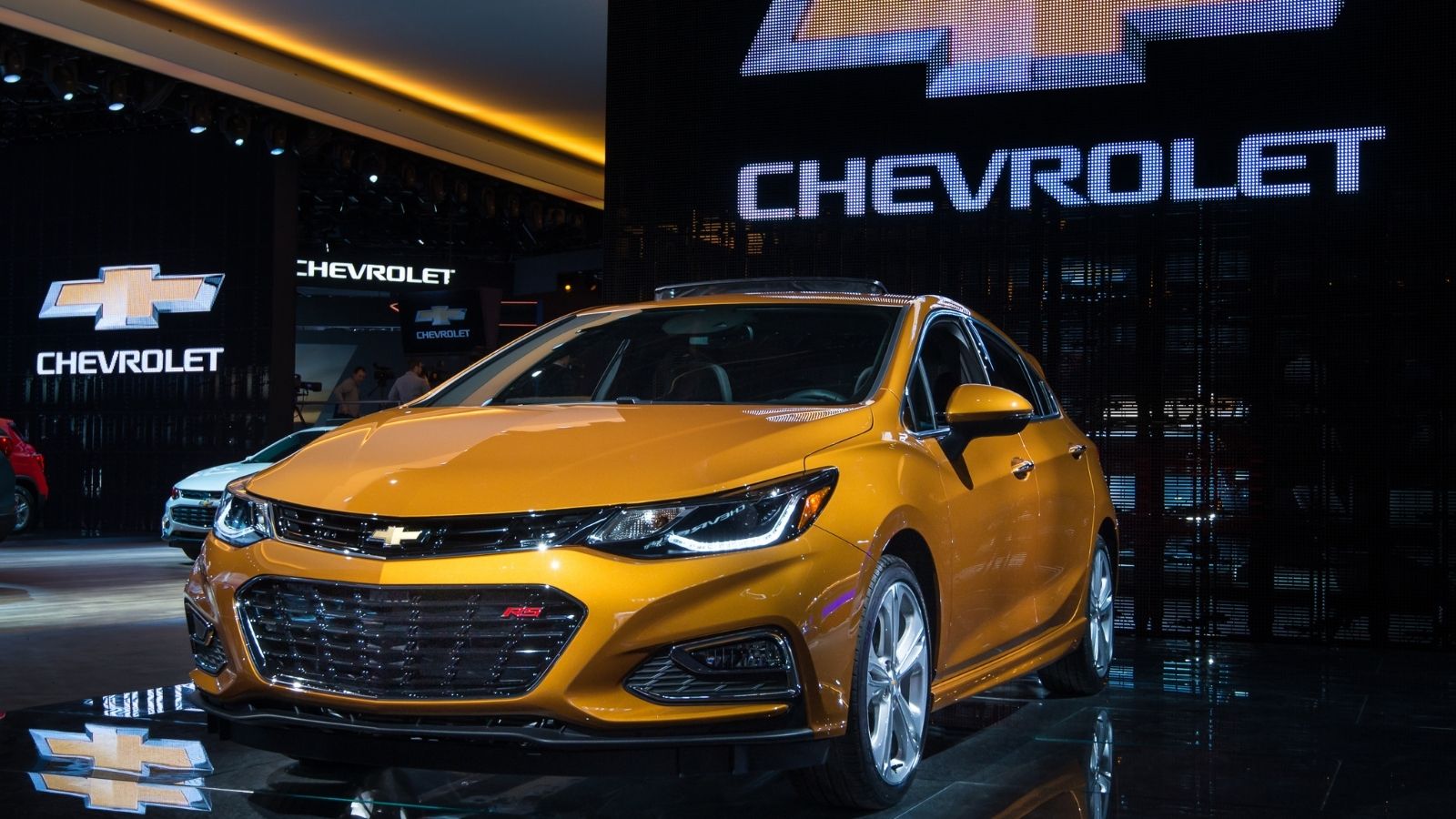
Canadians loved the idea of a compact sedan with diesel efficiency and highway range that could rival hybrids. The Cruze Diesel delivered over 5.0L/100 km on the open road, and its torque-rich 1.6L engine was a dream for long-distance commuters. But post-Dieselgate distrust, limited availability, and costly repairs ruined its appeal. GM discontinued it in 2019, and many dealers now groan when they hear someone ask for one. The diesel versions, in particular, are magnets for emissions system issues and expensive servicing, and dealers would much rather steer you toward a hybrid than revisit this diesel experiment.
Nissan Juke
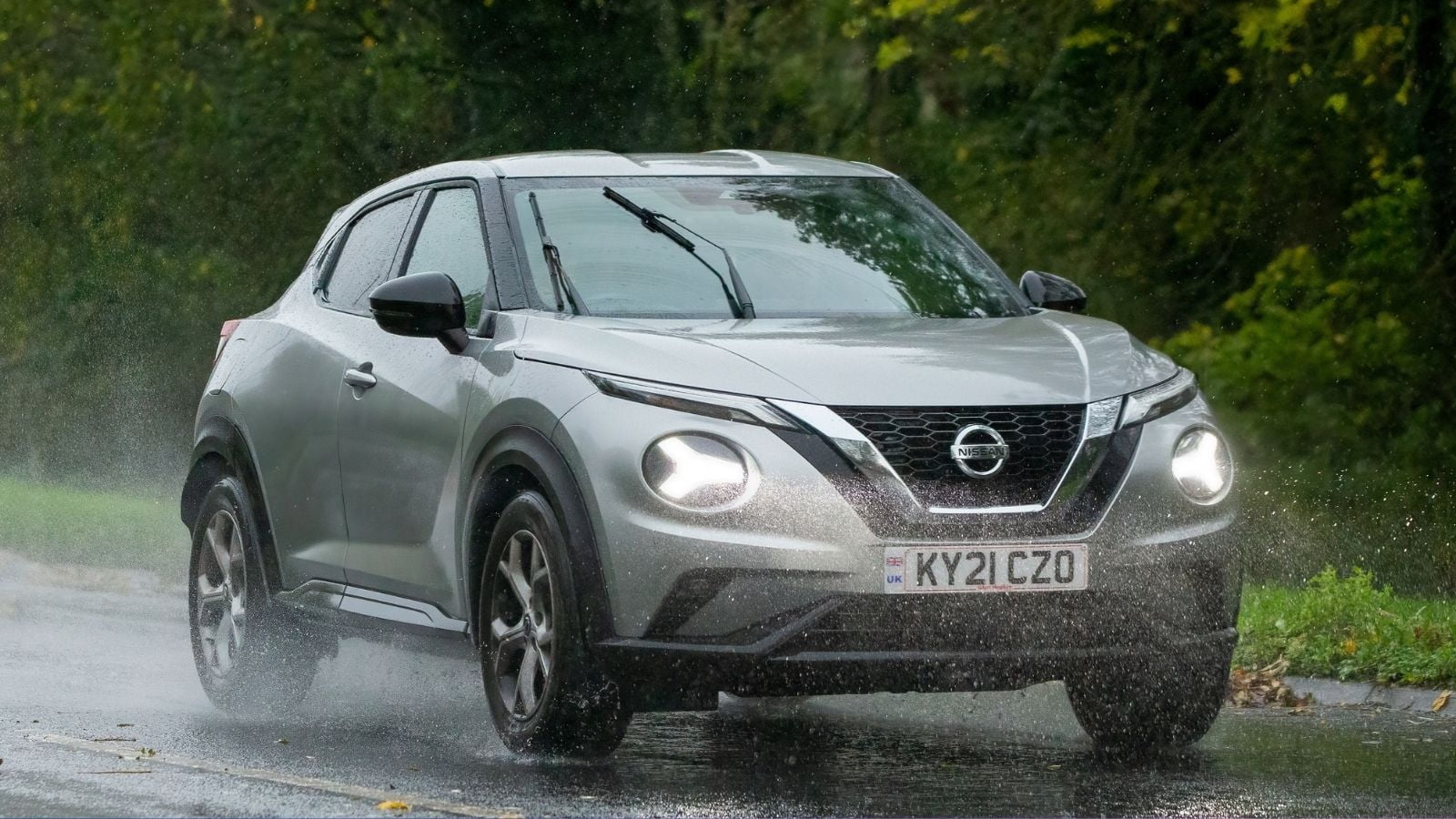
The Nissan Juke was a love-it-or-hate-it crossover that leaned hard into quirky. Its turbocharged 1.6L engine and available AWD gave it legitimate performance chops, but its bug-eyed looks and cramped back seat kept it niche. Discontinued in North America in 2017, the Juke remains a curiosity among buyers who want something fun and different, but Canadian dealers would not recommend it. The CVT is known for trouble, and used Jukes often come with neglected maintenance, while dealers believe that there are better ways to stand out.
Scion tC
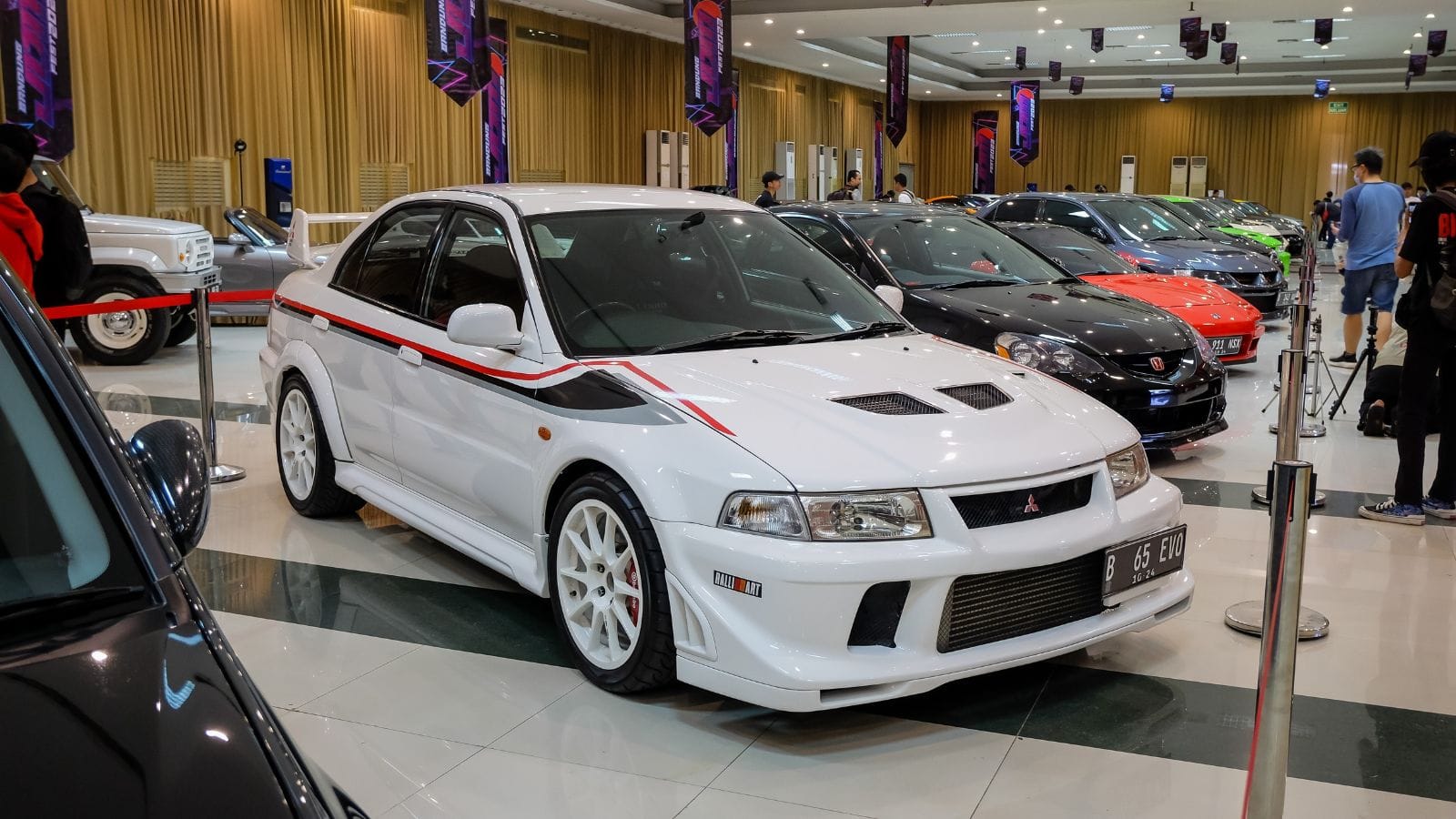
The Scion tC enjoyed a brief moment as Toyota’s edgy, affordable coupe, complete with a peppy 179-hp engine, six-speed manual, and panoramic glass roof. However, even after Scion was folded back into Toyota in 2016, the tC had already begun to fade. Its design did not evolve, and reliability was hit-or-miss, depending on the owner’s care. Yet curious buyers still ask about it, usually looking for a sporty two-door on a budget. Canadian dealers, however, are aware that these cars are aging rapidly, clean examples are rare, and sourcing parts is not as easy.
Mitsubishi Lancer Evolution

The Lancer Evo is a legend, boasting AWD, rally-bred engineering, and a turbocharged 2.0L engine that produces 291 hp. It is no wonder Canadian enthusiasts still pine for one, but Mitsubishi stopped selling the Evo after 2015, and owners tend to drive them hard. The few remaining are either priced out of the stratosphere or pushed to the brink. Dealers dread the calls asking for this car because, even if they did, the costs to recondition and resell one safely are incredibly high.
Pontiac G6
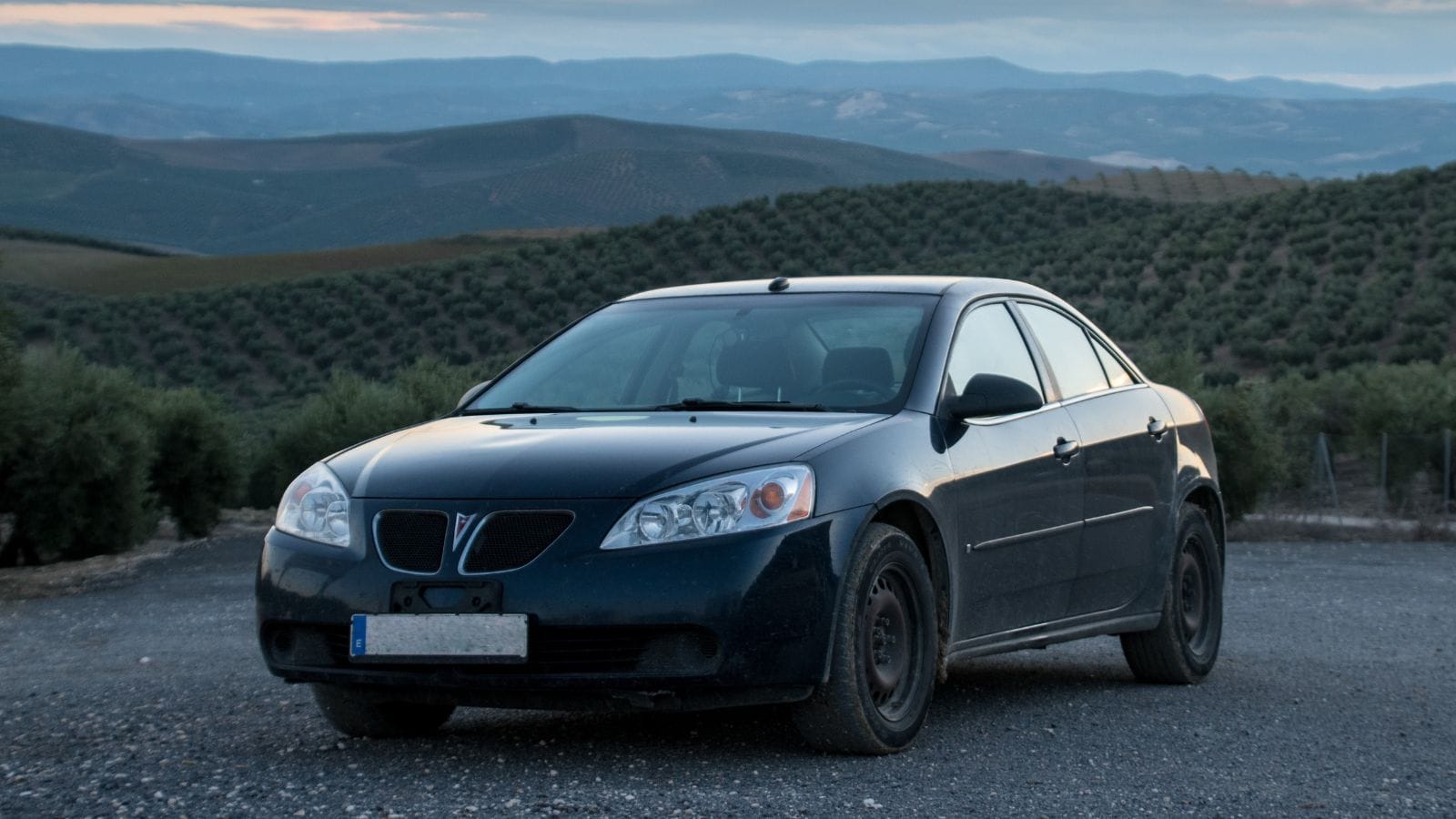
The Pontiac G6 was once a staple in Canadian rental fleets. It was cheap, roomy, and decently equipped, and it was offered with V6 power and even a convertible trim, which looked competitive in the mid-2000s. But with Pontiac’s shutdown in 2010, the G6 lost any shot at long-term viability. Known for electrical gremlins, suspension issues, and rapidly aging interiors, G6s are now rolling liabilities. Yet people still ask dealers if they have a“reliable used one for cheap. Most would rather not touch one unless it’s headed straight to auction, as parts are scarce, and repairs often cost more than the car is worth.
Chrysler Sebring
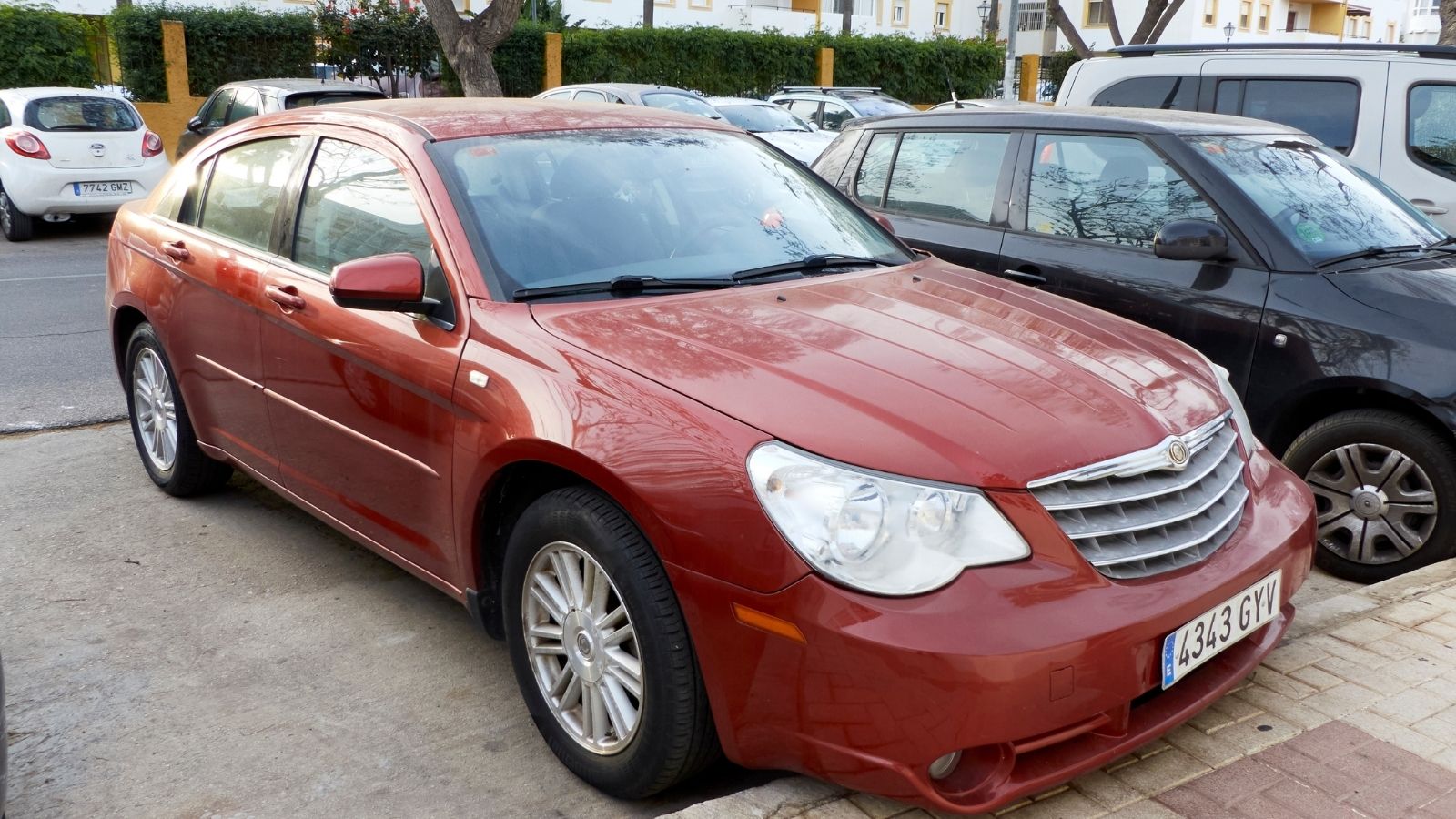
The Chrysler Sebring, particularly the convertible, has a strange place in Canadian memory, as it was often rented, occasionally beloved, but rarely respected. Offered with 2.7L or 3.5L V6 engines, it was intended to blend value with comfort; however, it became known for engine sludge problems, transmission failures, and an interior that aged poorly in harsh Canadian winters. Dealers groan at Sebring inquiries, as even a cheap Sebring is rarely worth the headaches.
Suzuki SX4
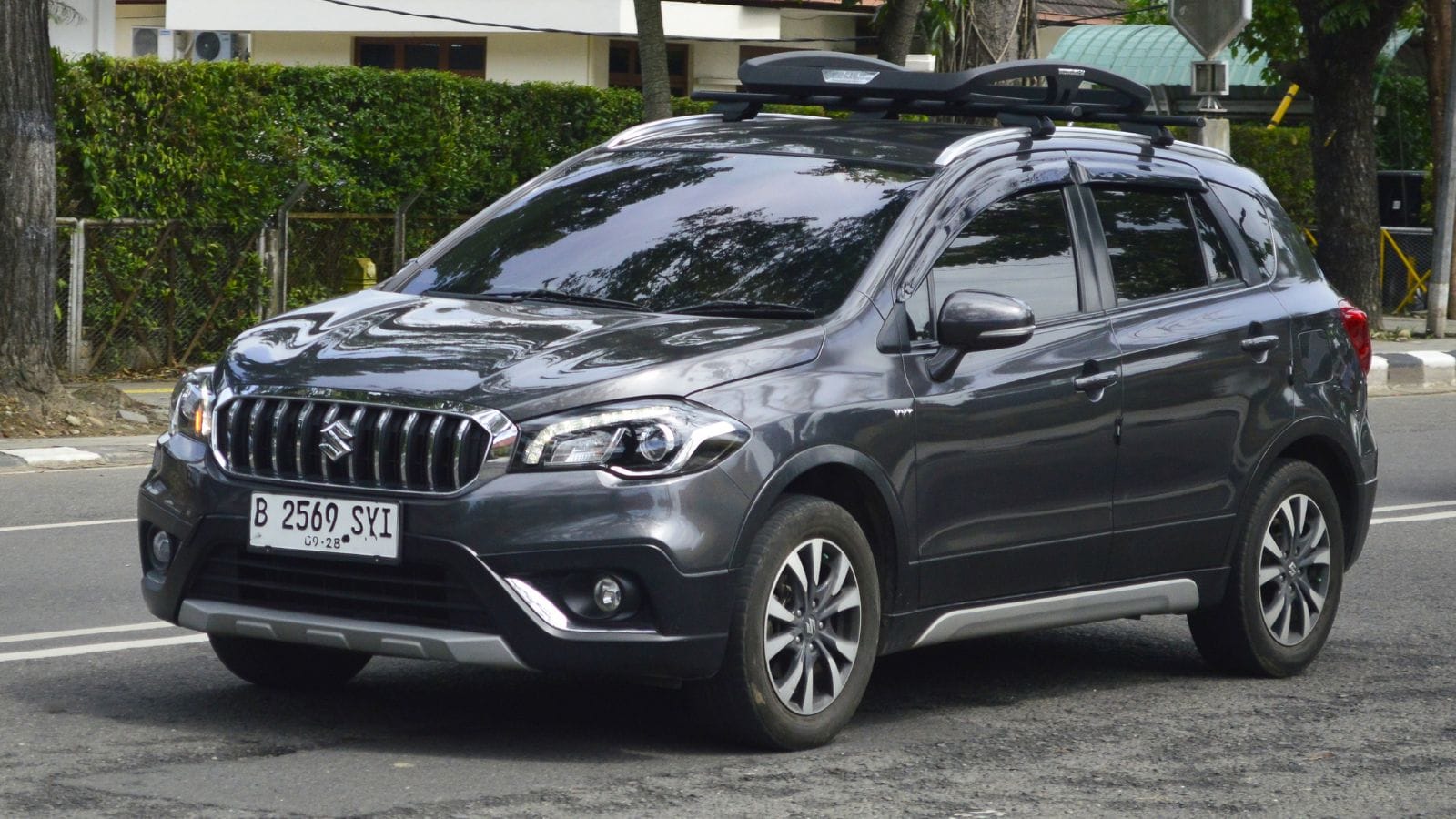
The Suzuki SX4 had a cult following in Canada thanks to its compact size, available AWD, and affordable pricing. It seemed ideal for both snowy cities and backcountry drives. However, Suzuki withdrew from the Canadian market in 2014, and dealers have been struggling to fulfill parts requests ever since. While the SX4’s 2.0L engine was decently durable, the rest of the vehicle hasn’t aged as gracefully. Repairs can turn into scavenger hunts, and resale value is almost nonexistent. Dealers cringe when someone calls about one, as they are looking to avoid another logistical nightmare.
BMW 7 Series (2002–2008)
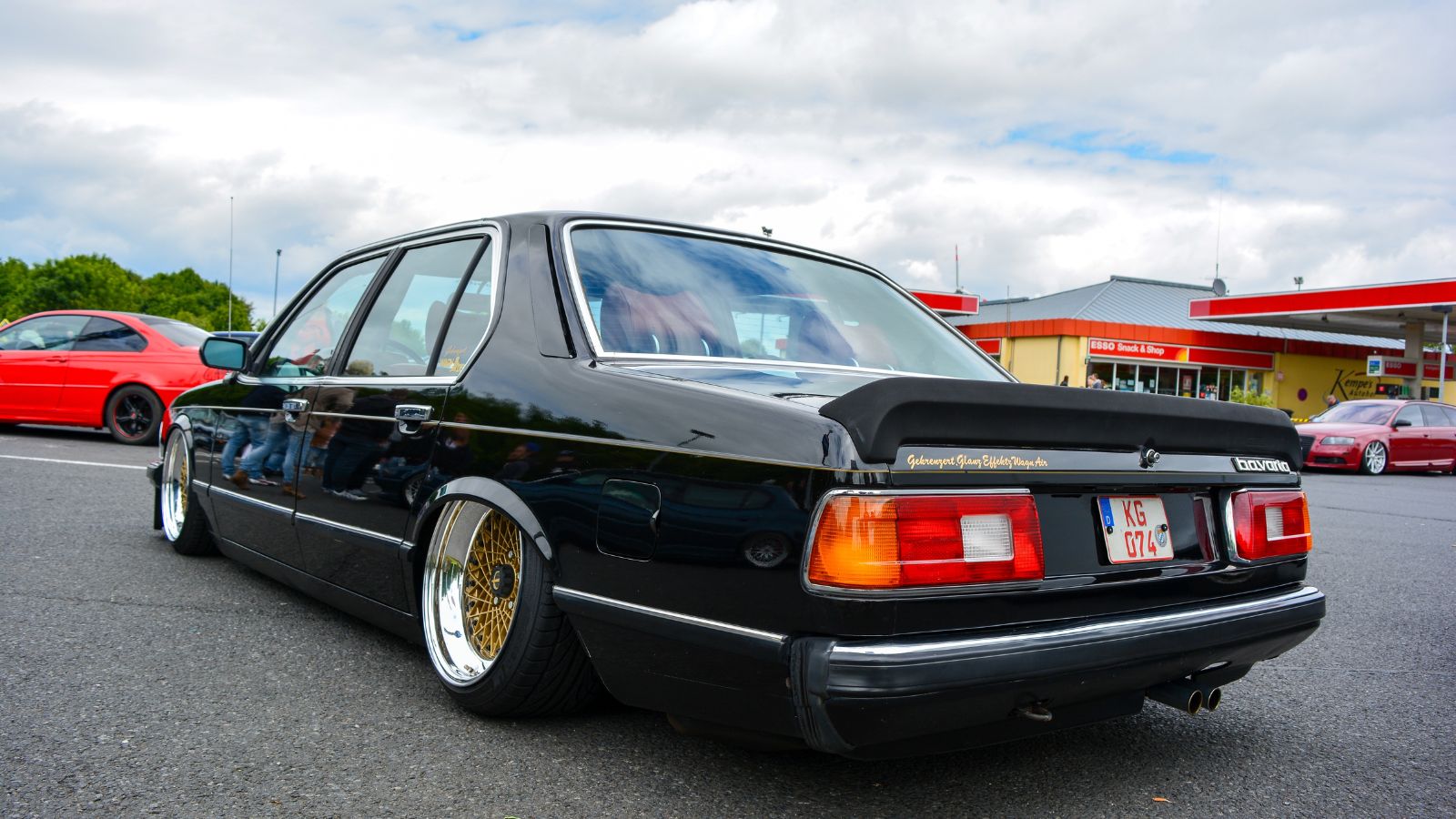
Some Canadians view the early-2000s BMW 7 Series as an affordable ticket to luxury, as used prices can dip below $ 10,000, but dealers know better. The E65/E66 generation represented a technological leap for BMW, featuring innovative additions such as iDrive and active suspension. Unfortunately, those innovations also mean sky-high maintenance costs and frequent electrical gremlins. The 4.4L and 4.8L V8s are powerful but expensive to maintain, and every dealer has a horror story about someone who bought one cheaply and then spent double fixing it.
Ford Fiesta (Especially EcoBoost Models)
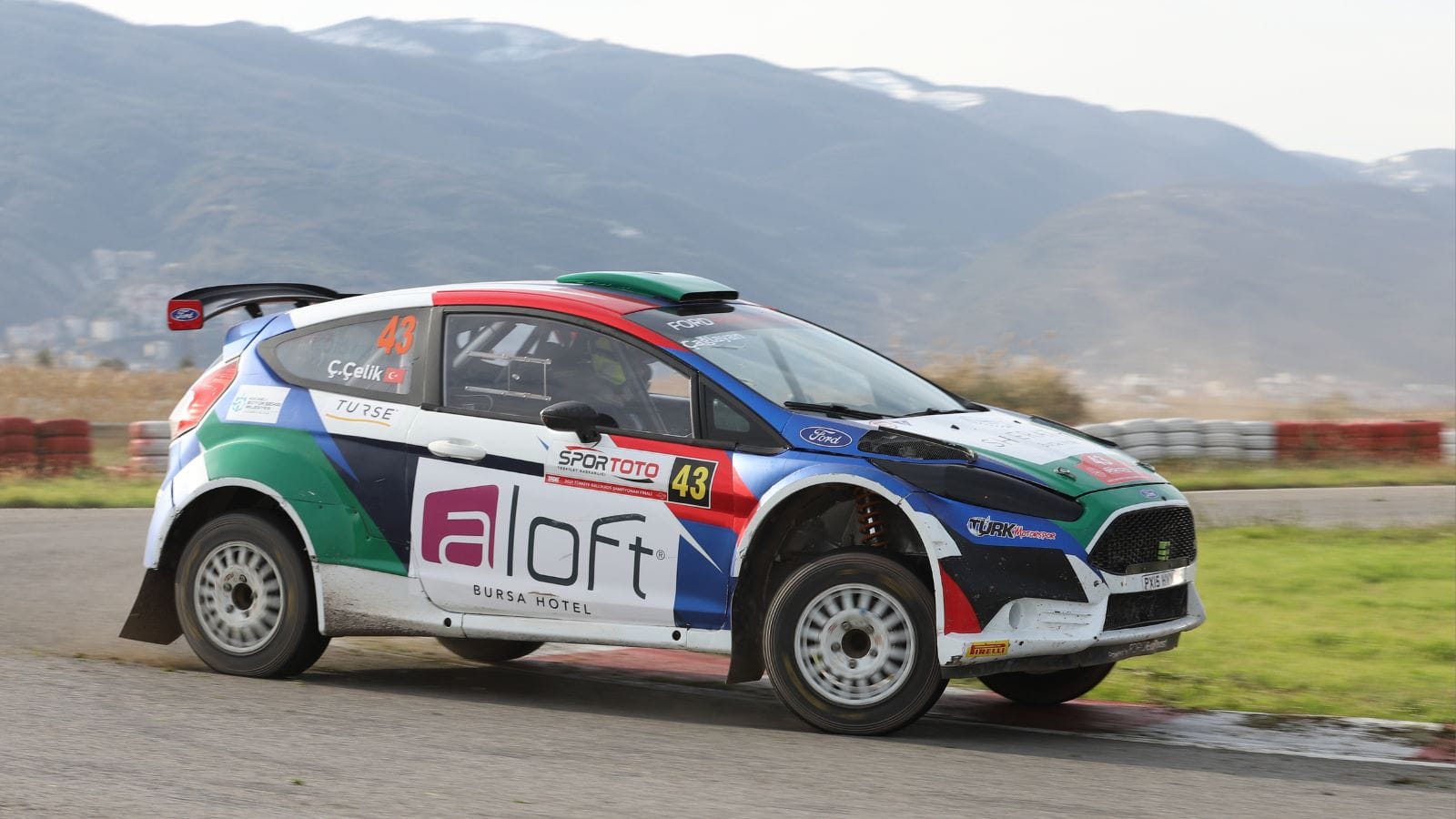
The Ford Fiesta’s compact size and engaging handling made it a favorite among budget-conscious city drivers, especially the 1.0L EcoBoost turbo version. However, Canadian dealers are no longer fielding calls about it, as the dual-clutch PowerShift transmission, especially in the automatic trims, has caused numerous reliability issues and class-action lawsuits. Even the performance-tuned Fiesta ST is not immune to mechanical woes when neglected. Ford discontinued the Fiesta in North America in 2019, and service support is gradually being phased out.
Jeep Liberty
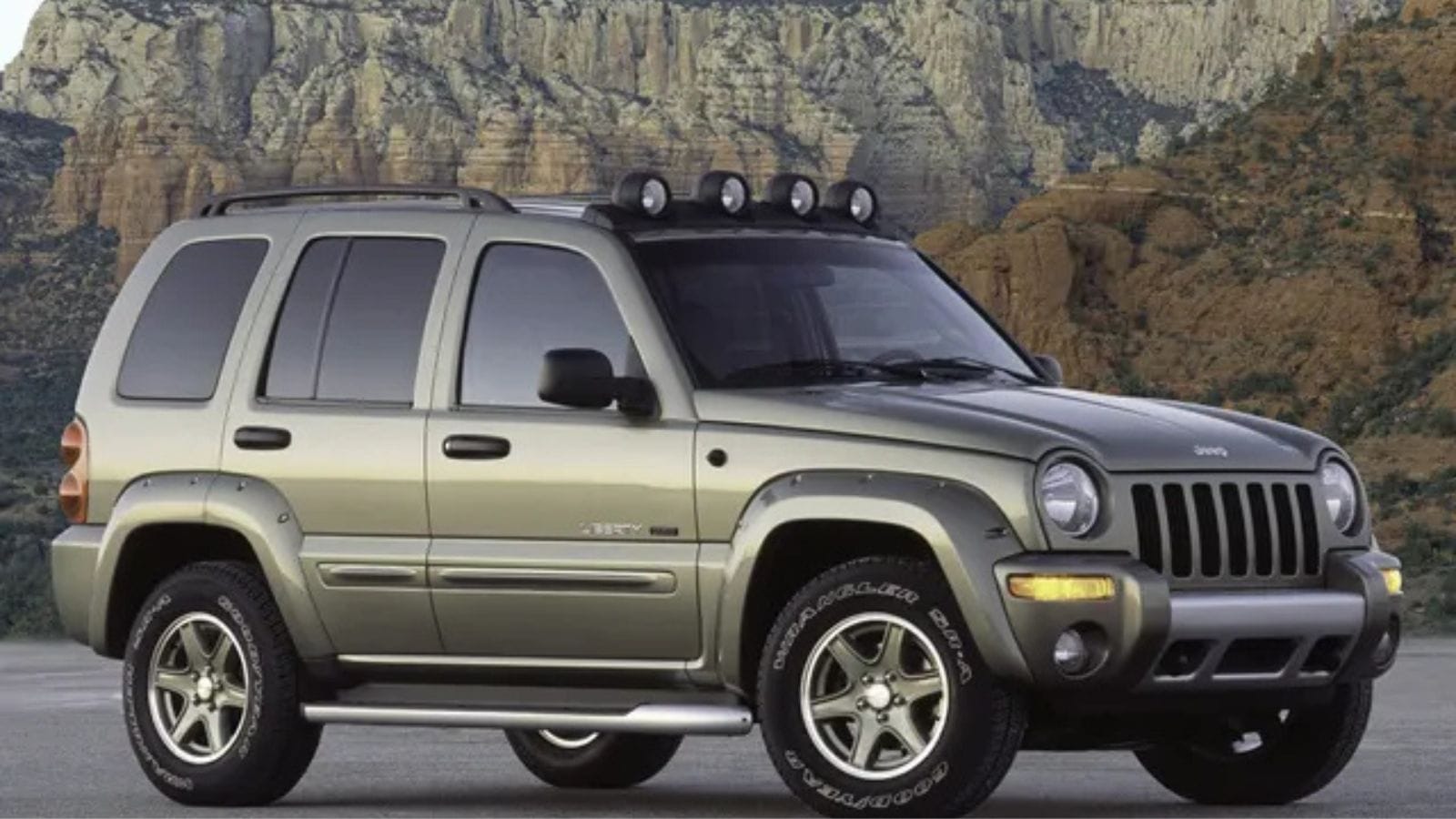
The Jeep Liberty was marketed as a compact SUV with genuine off-road capability, particularly in the rugged Trail Rated trims. However, despite its 3.7L V6 engine and available 4WD, it earned a bad reputation for poor fuel economy, a clunky ride quality, and serious long-term reliability issues. Transmission failures and suspension problems are all too common, especially in models from the mid-2000s. Canadian dealers view Liberty inquiries as red flags, typically from buyers seeking a budget-friendly Jeep that performs well in snow conditions. Still, most would rather sell anything else than take on another Liberty trade-in or service bill.
Mini Cooper (Early 2000s–2010s)
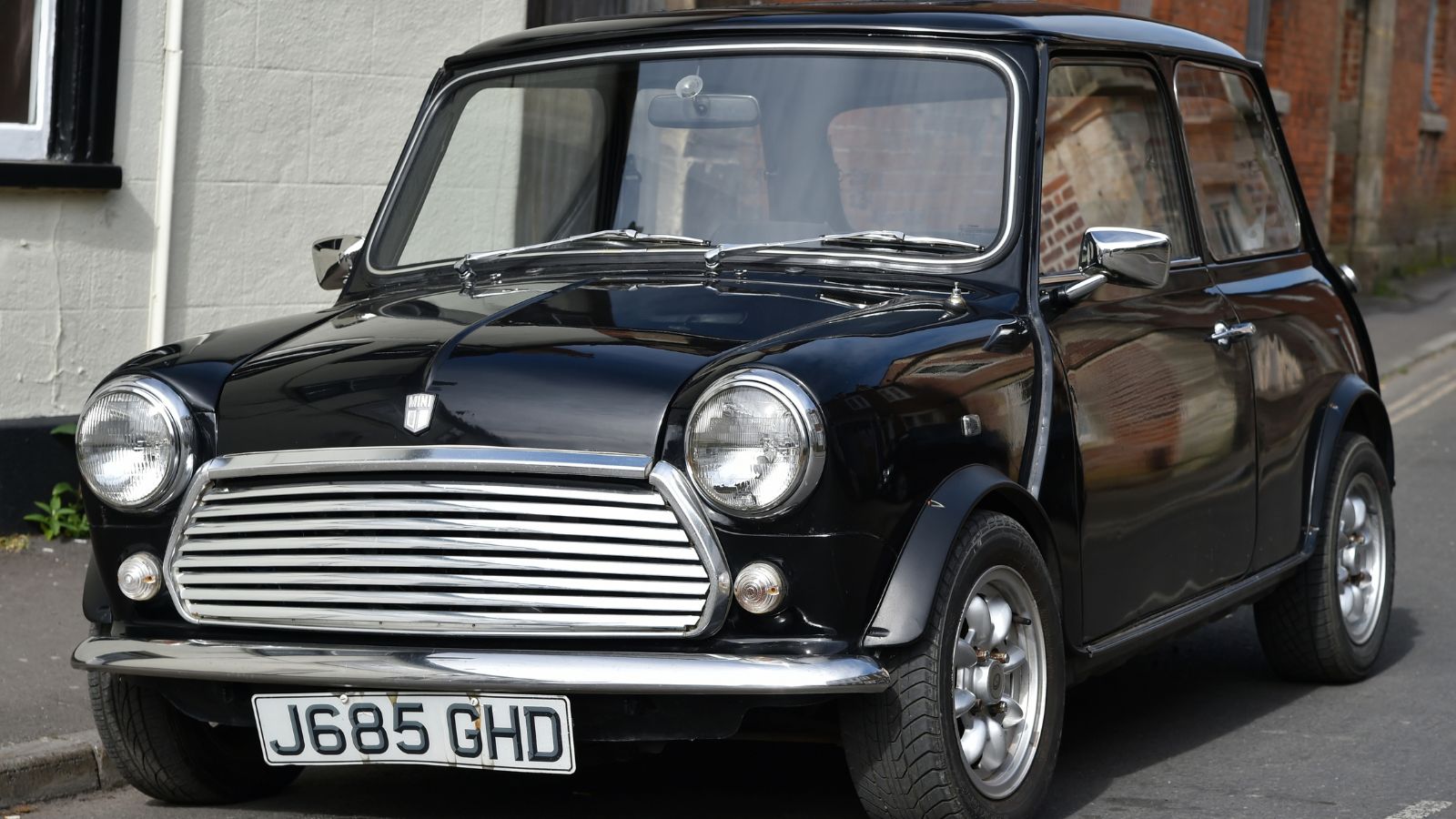
Early Mini Coopers still attract style-hungry Canadian drivers with their European charm and go-kart handling. The base 1.6L engine was peppy, and the Cooper S even offered a supercharged version with 168 hp. But behind the cuteness lies a nightmare of reliability issues, including failing power steering pumps, leaky sunroofs, and notorious timing chain tensioner problems. Dealers know all too well how quickly these Minis go from fun to frustrating, and most won’t even entertain trade-ins without a full-service history.
Saturn Ion
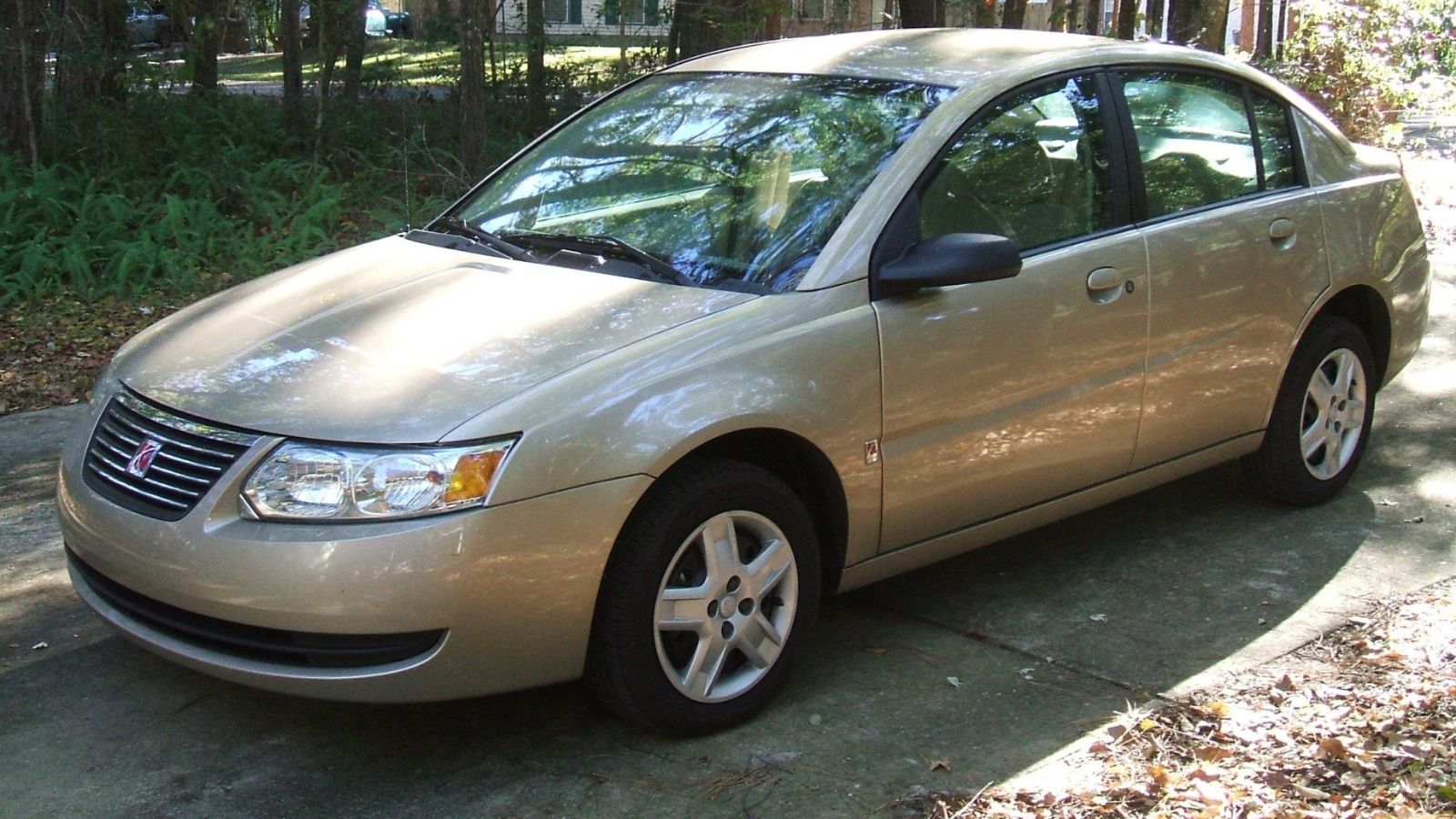
The Saturn Ion was supposed to be the fresh face of GM’s different kind of car company, but it ended up being one of the brand’s last gasps before extinction. The Ion’s 2.2L Ecotec engine was not terrible, but the build quality was, as the interiors rattled, the electronics glitched, and the safety ratings were mediocre. GM pulled the plug on Saturn in 2010, and Canadian dealers still get the occasional call from someone looking for a cheap, reliable Ion. The cars are aging poorly, parts are drying up, and reselling one feels more like a liability than a transaction.
Mazda RX-8
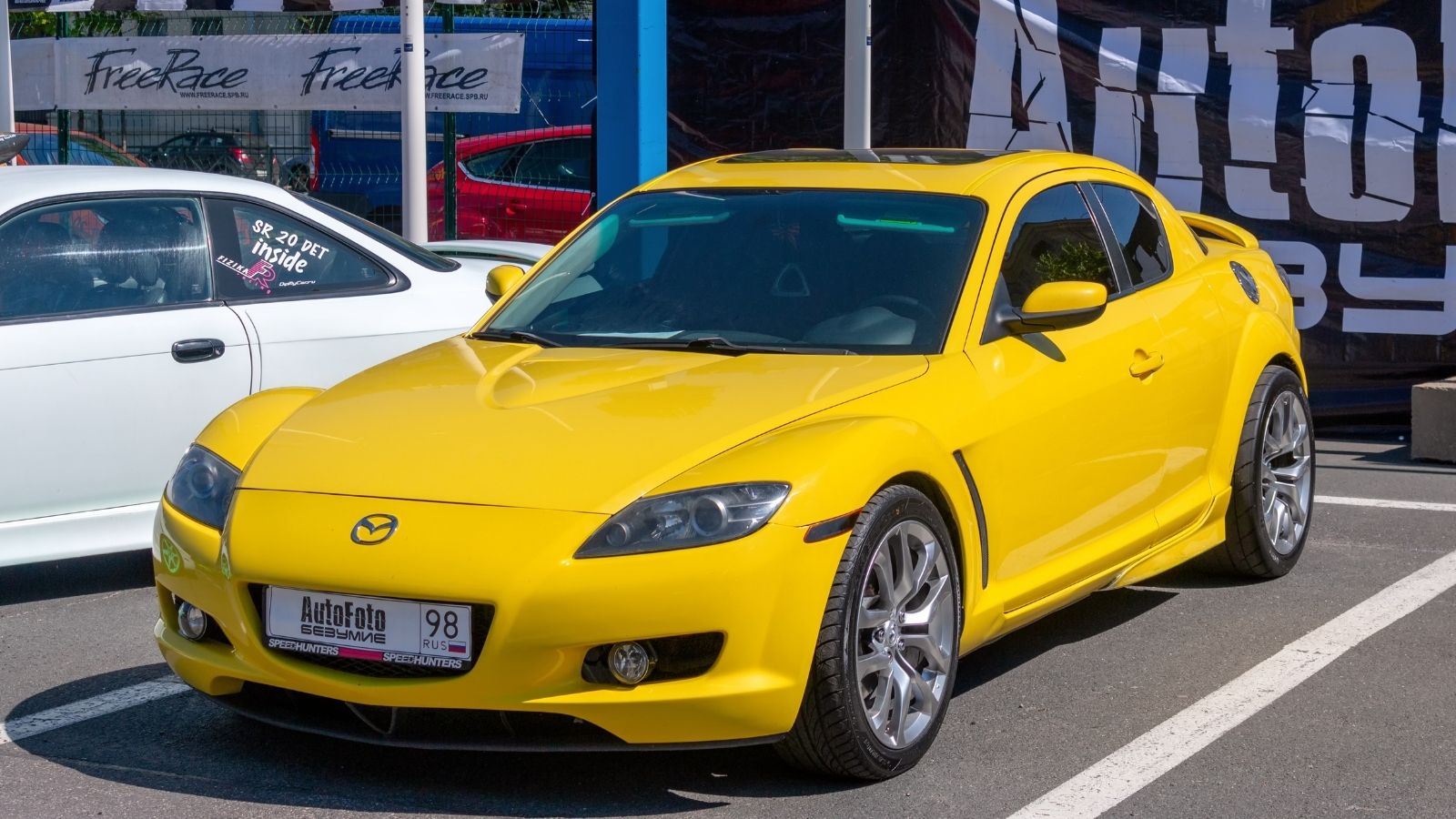
The RX-8 continues to captivate the imagination of Canadian car enthusiasts, thanks to its high-revving 1.3L rotary engine and perfect 50/50 weight distribution. It handled brilliantly and offered suicide-style rear doors for practical flair. However, the reality is marred by issues such as apex seals failing, excessive oil consumption, and a shortage of rotary engine specialists. Dealers hear the excitement in a caller’s voice, brace for disappointment, because selling or servicing an RX-8 in 2025 feels like setting someone up for heartbreak.
Volkswagen Passat TDI
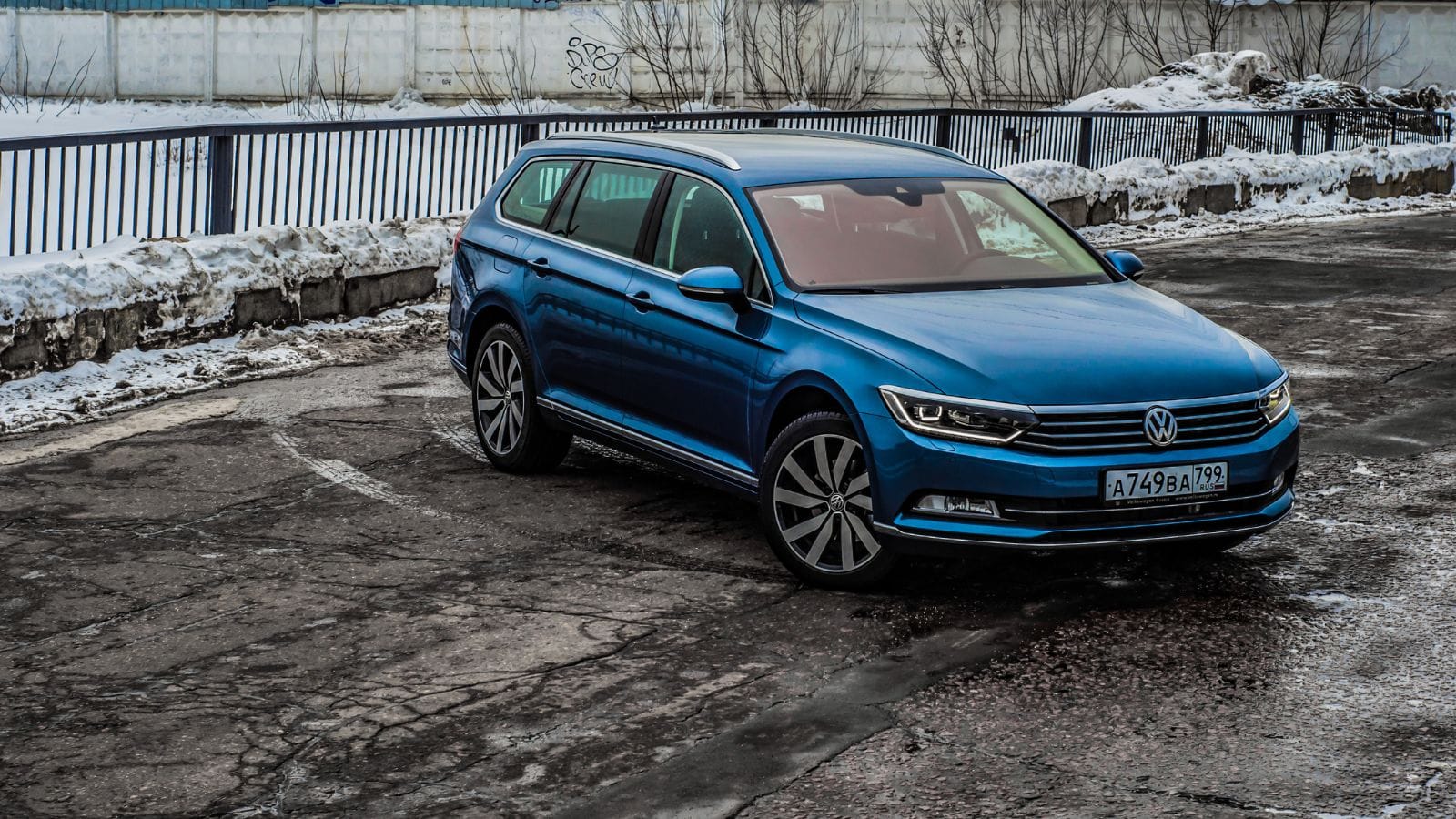
Diesel fuel economy and German engineering once made the Passat TDI a go-to for long-haul Canadian commuters. Its 2.0L turbodiesel engine delivered excellent torque and highway range, but the Dieselgate scandal tainted the entire lineup. Though VW offered buybacks and fixes, long-term trust never returned. Dealers now groan when they hear TDI because parts for the emissions-modified engines are costly, and resale value is unpredictable. Some buyers still think they’re scoring a deal, only to have the repair bills roll in, while for dealers, it’s a constant cycle of explaining why this seemingly efficient option is more trouble than it is worth.
Hummer H3
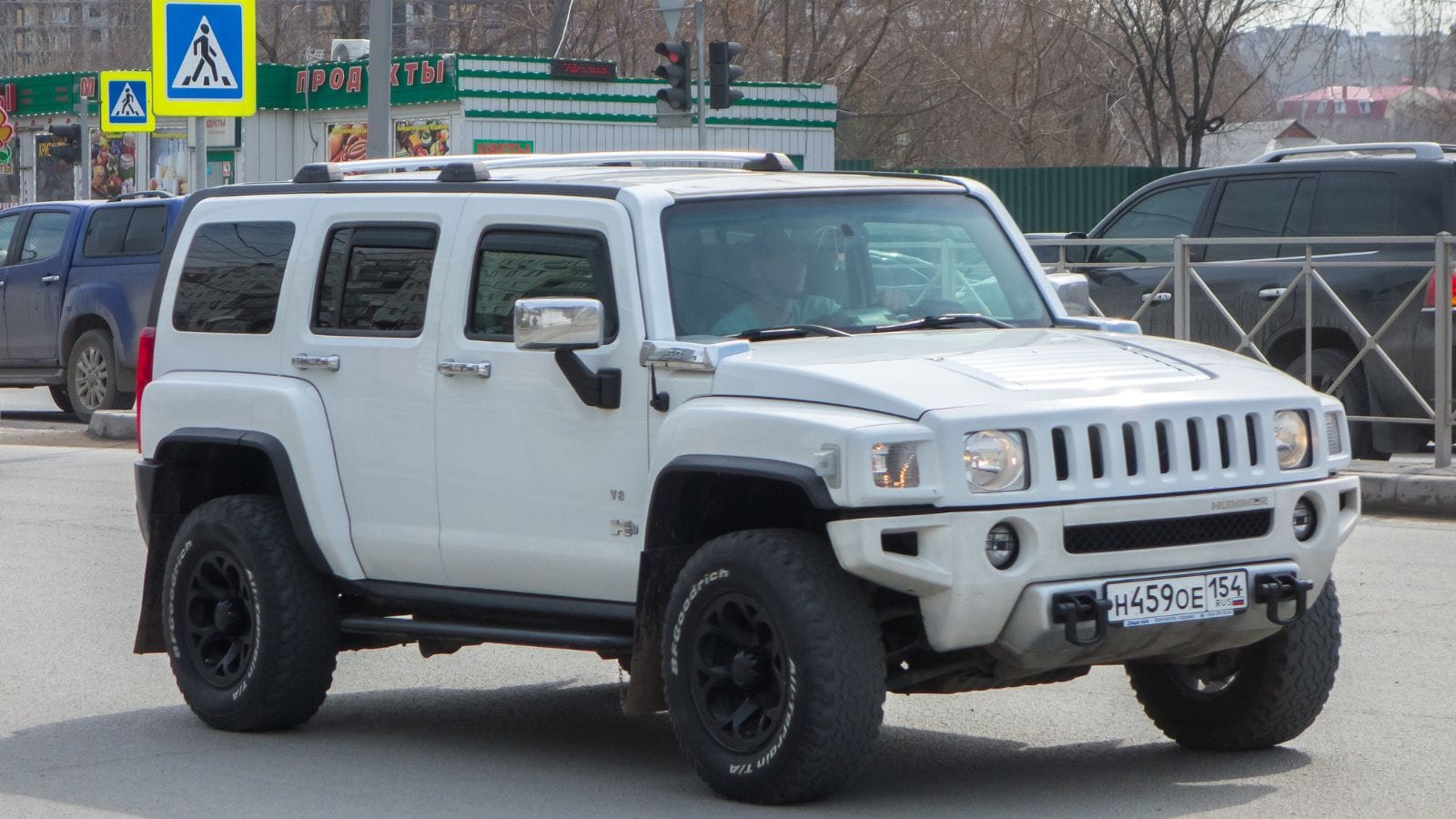
The Hummer H3 still draws nostalgic fans who want that signature military-inspired style in a mid-size package. Built on a Colorado pickup platform and powered by a 3.5L or 3.7L inline-five, and later a 5.3L V8, it looked tough but drove awkwardly. Fuel economy was laughable, averaging over 14L/100 km, and visibility was poor. GM discontinued the brand in 2010, leaving dealers with aging hulks they could barely move. Today, H3s are often beat-up, rust-prone, and overpriced on the used market, and dealers dread questions about them because the only thing harder than finding one is justifying the sale afterwards.
Cadillac Catera

The Cadillac Catera was a short-lived attempt to lure younger buyers with a German-engineered sedan under a luxury badge. Based on the Opel Omega, it featured a 3.0L V6 engine and rear-wheel drive, but its confusing identity, combined with mechanical headaches such as failed timing belts and electrical issues, made it a retail nightmare. Most Canadian dealers pretend the Catera never existed, and when buyers bring it up, hoping for a cheap Cadillac, they’re redirected toward newer, more dependable options. The Catera may be obscure, but for dealers, it is a reminder that not all badges guarantee quality.
Smart Fortwo (Gasoline Models)
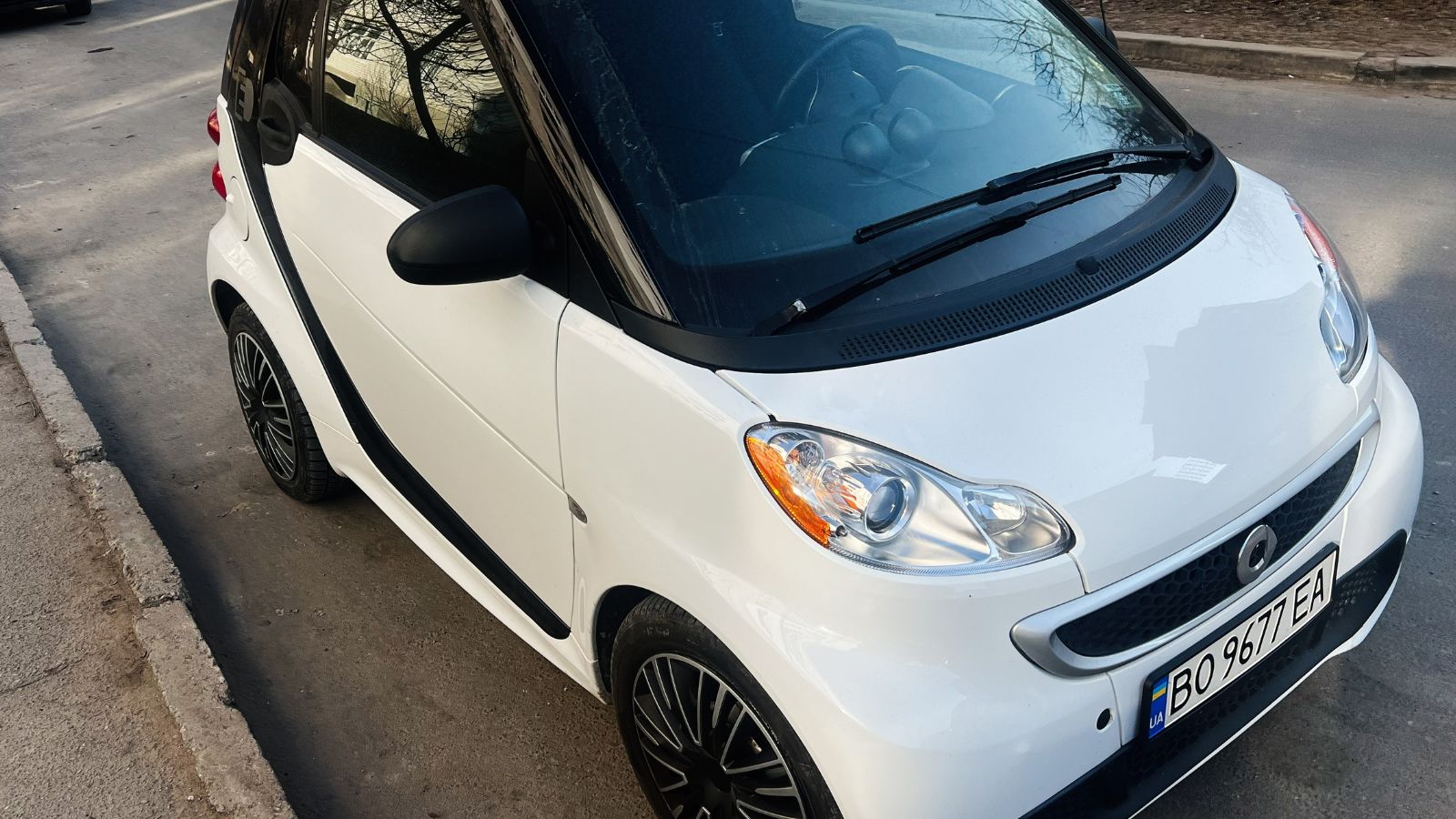
The Smart Fortwo was tailor-made for city living, being compact, quirky, and easy to park. But Canadian winters exposed its weaknesses fast. The gasoline version’s 1.0L engine struggled in sub-zero temps, and the jerky automated manual transmission was often criticized as unusable. Add in minimal cargo space, a harsh ride, and limited dealership support after Smart’s withdrawal from Canada in 2020, and you’ve got a car few dealers want anything to do with. Buyers still ask, hoping for an efficient urban runabout, but dealers would rather recommend a used Yaris or Fit.
Saab 9-3
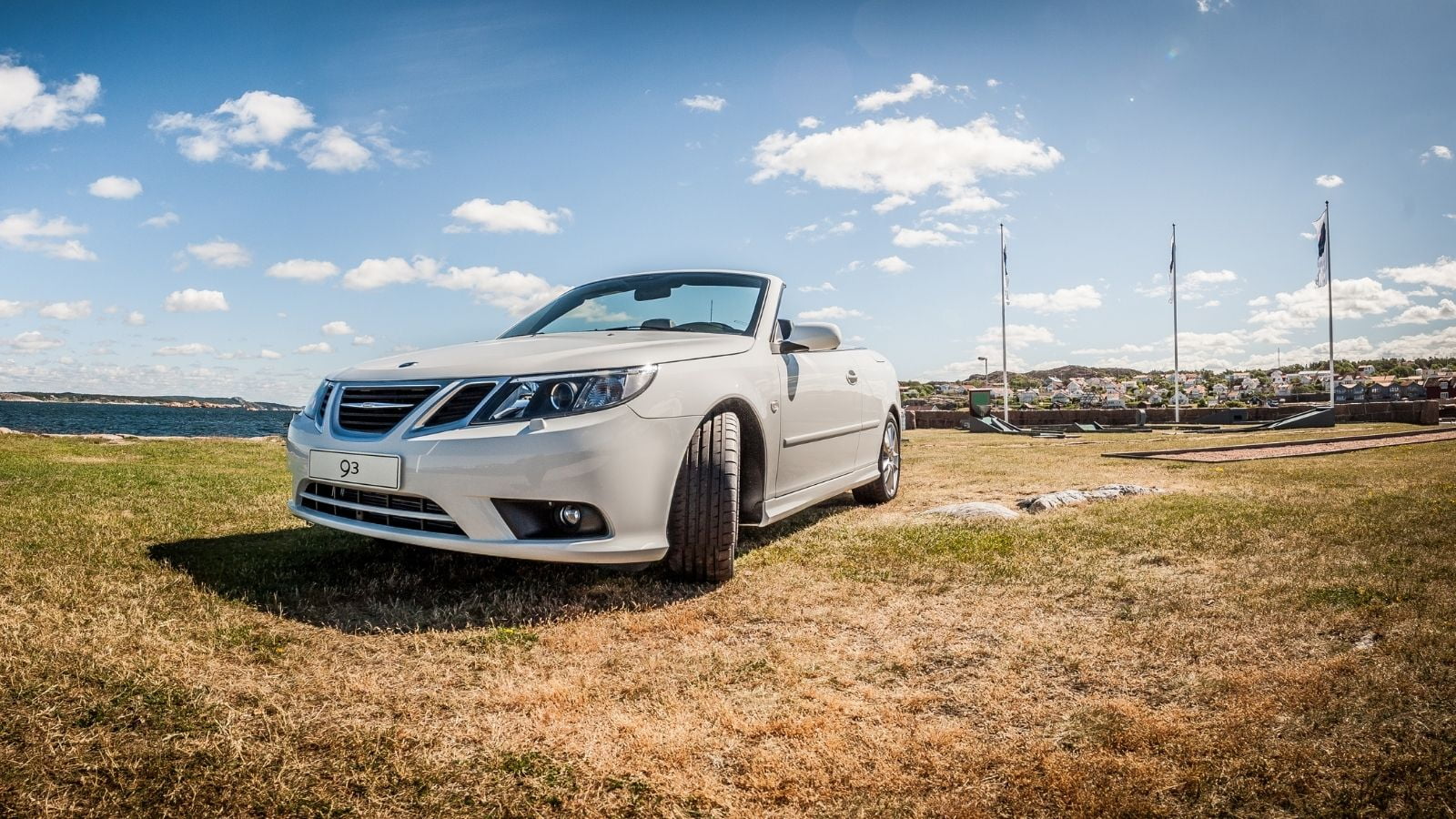
For a specific type of Canadian buyer, the Saab 9-3 represents quirky Swedish cool, with turbocharged engines, aviation-inspired design, and underdog charm. But Saab folded in 2011, and parts availability has since become a scavenger hunt. The 9-3’s 2.0L turbo was fun but prone to issues, especially when maintenance was ignored. Dealers flinch when they hear Saab inquiries because there is no support network left, and even seasoned mechanics struggle with repairs.
Toyota Matrix XRS (Manual)

The Toyota Matrix XRS, especially the first-generation model with the high-revving 180-hp 2ZZ-GE engine and 6-speed manual transmission, was once a secret weapon for Canadian drivers who sought performance wrapped in practicality. It was essentially a Corolla hatchback with Lotus-tuned attitude, but that is precisely why it’s become a unicorn. Clean manual XRS models are nearly impossible to find, and when dealers do spot one, it is either modified into oblivion or snapped up immediately by enthusiasts. Dealers know that they will have to disappoint when asked about the Matrix, and that another one probably won’t show up anytime soon.
25 Facts About Car Loans That Most Drivers Don’t Realize

Car loans are one of the most common ways people fund car purchases. Like any other kind of loan, car loans can have certain features that can be regarded as an advantage or a disadvantage to the borrower. Understanding all essential facts about car loans and how they work to ensure that you get the best deal for your financial situation is essential. Here are 25 shocking facts about car loans that most drivers don’t realize:
25 Facts About Car Loans That Most Drivers Don’t Realize
